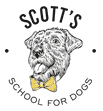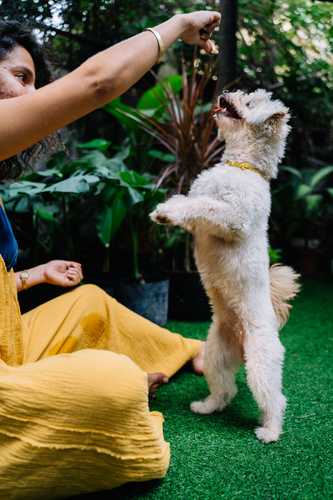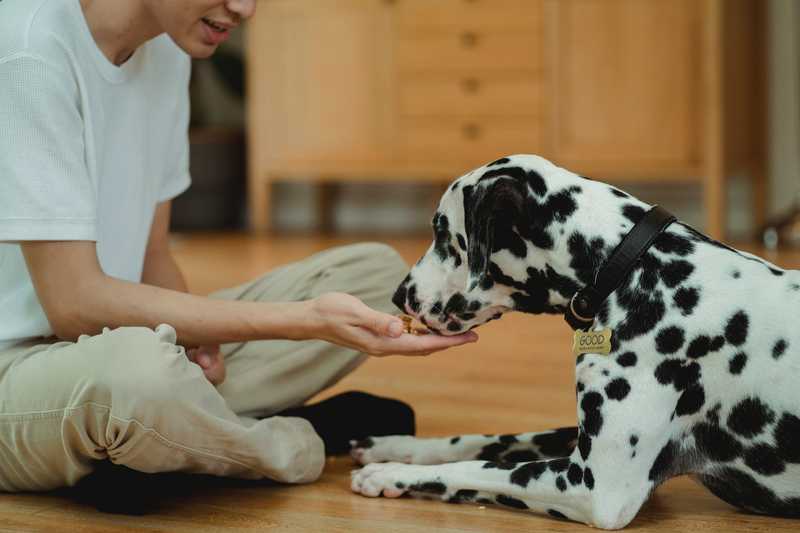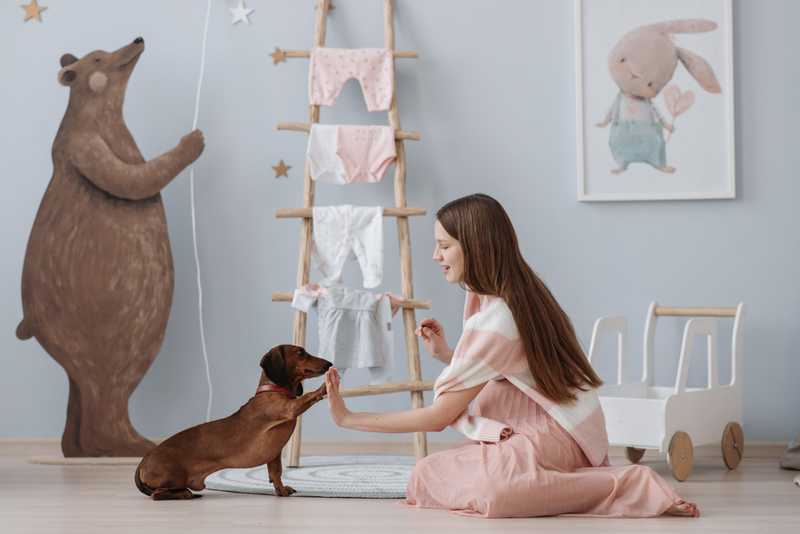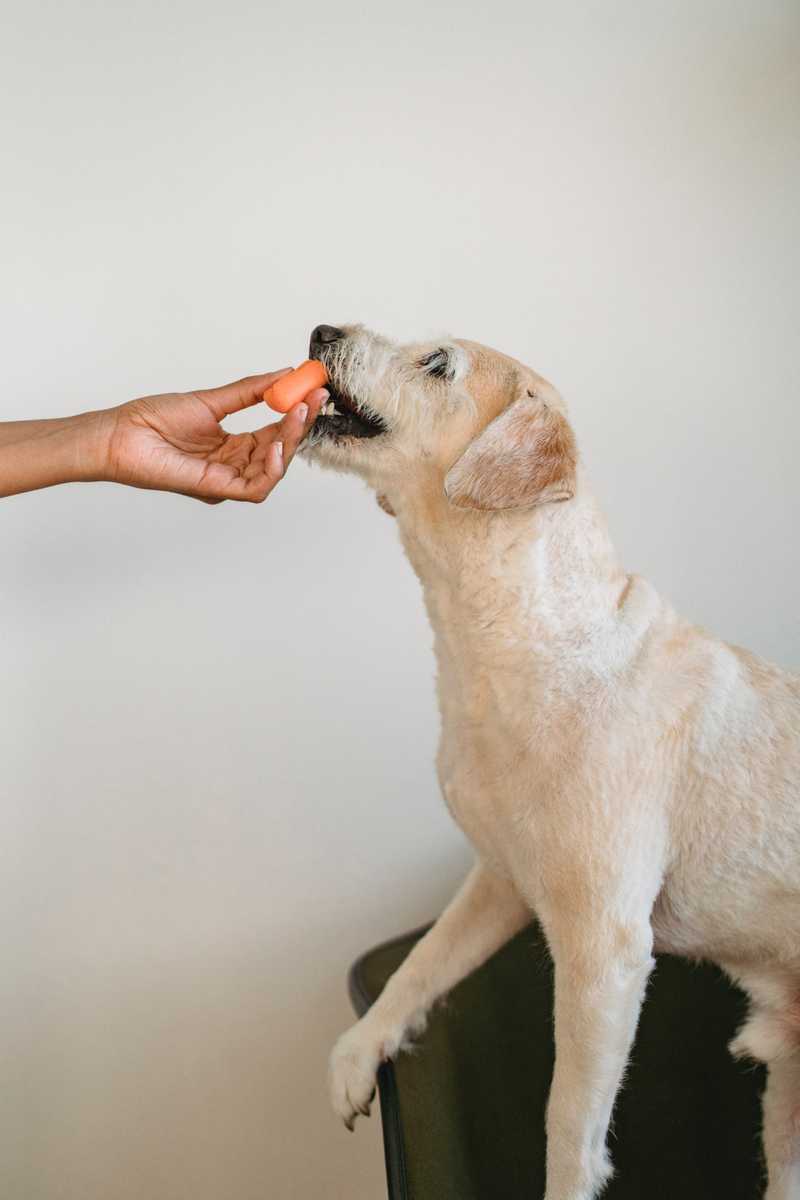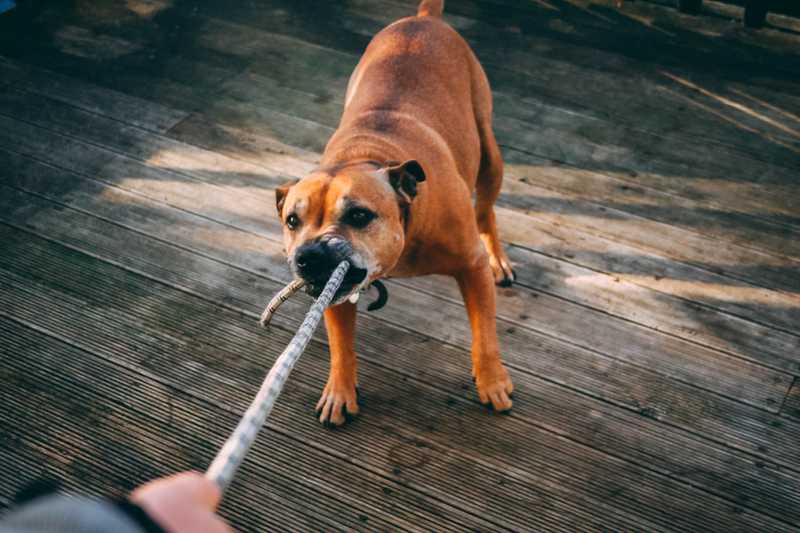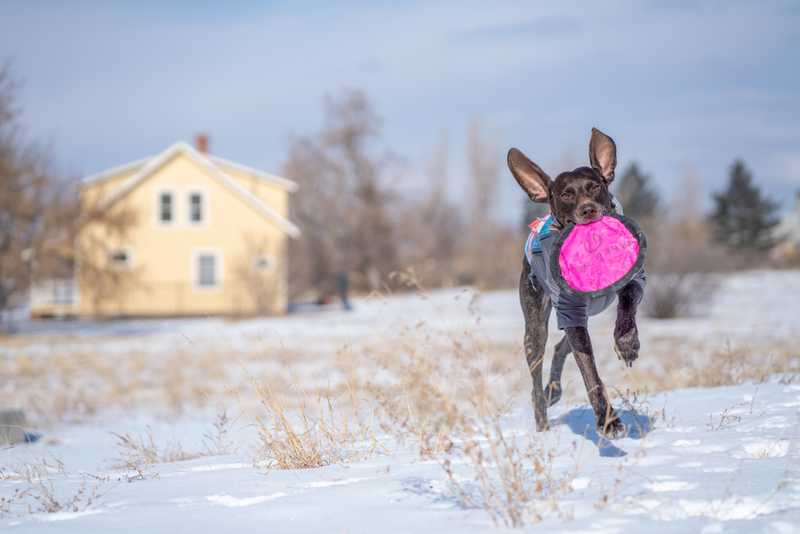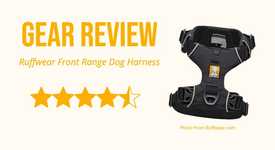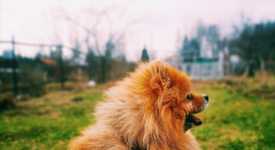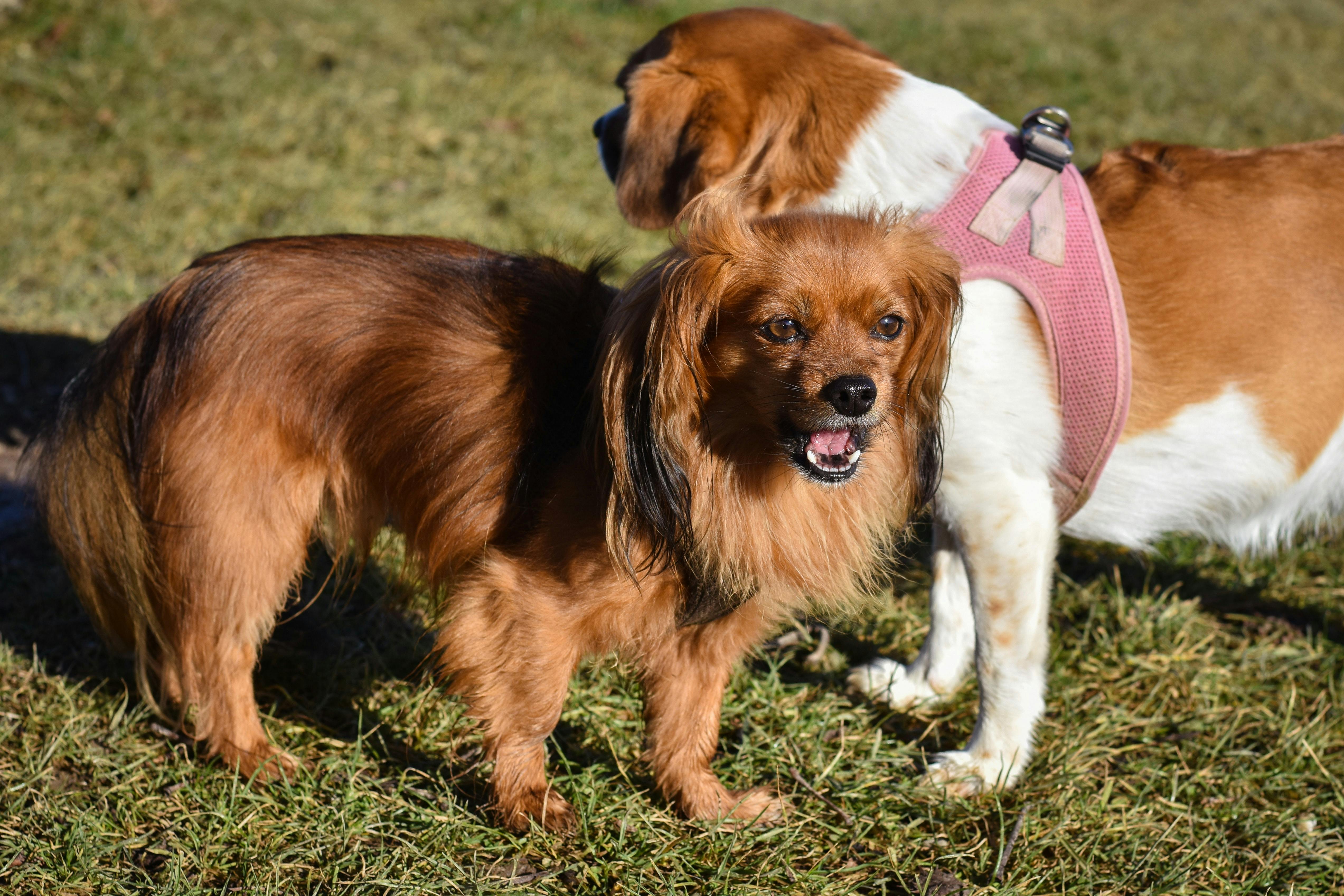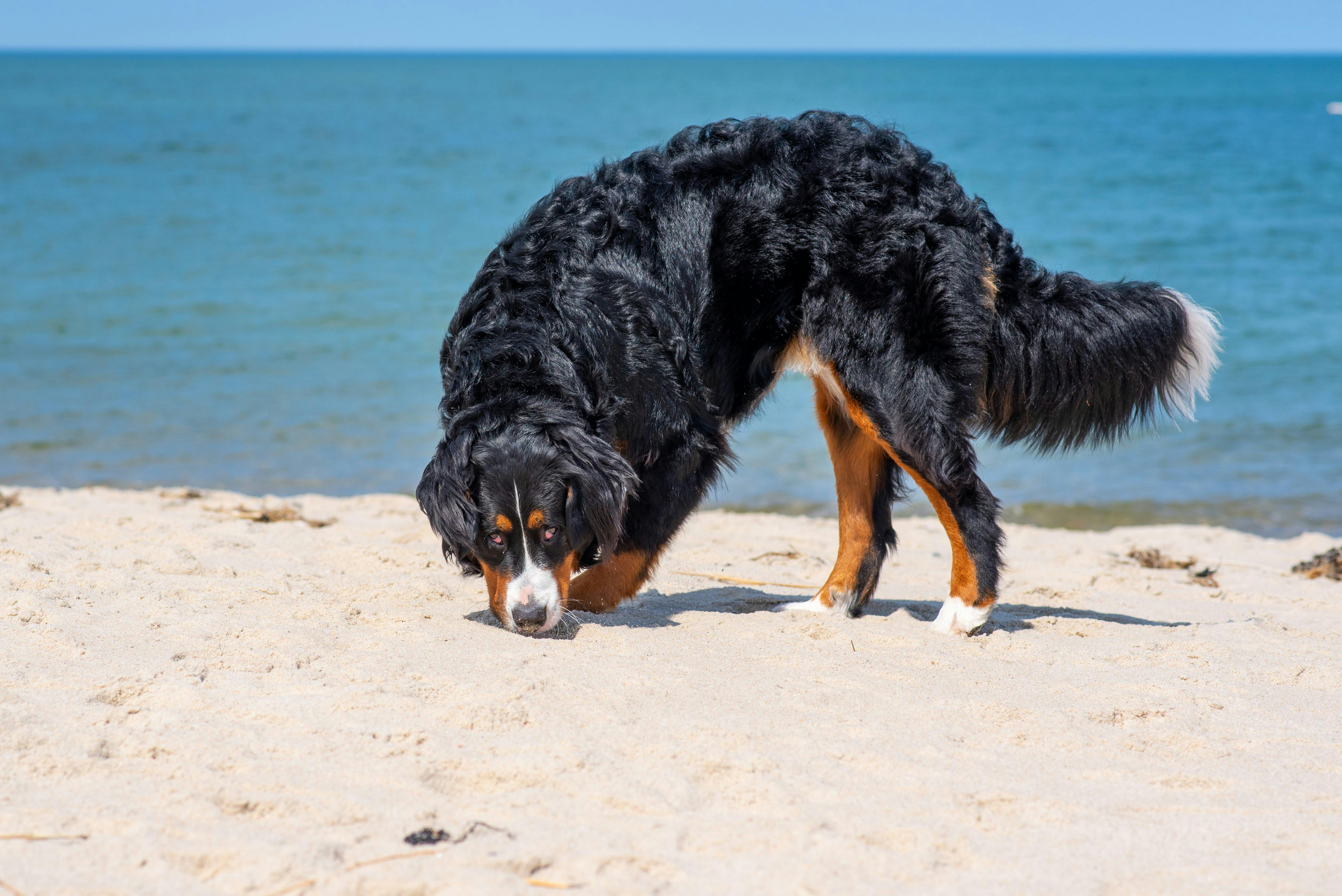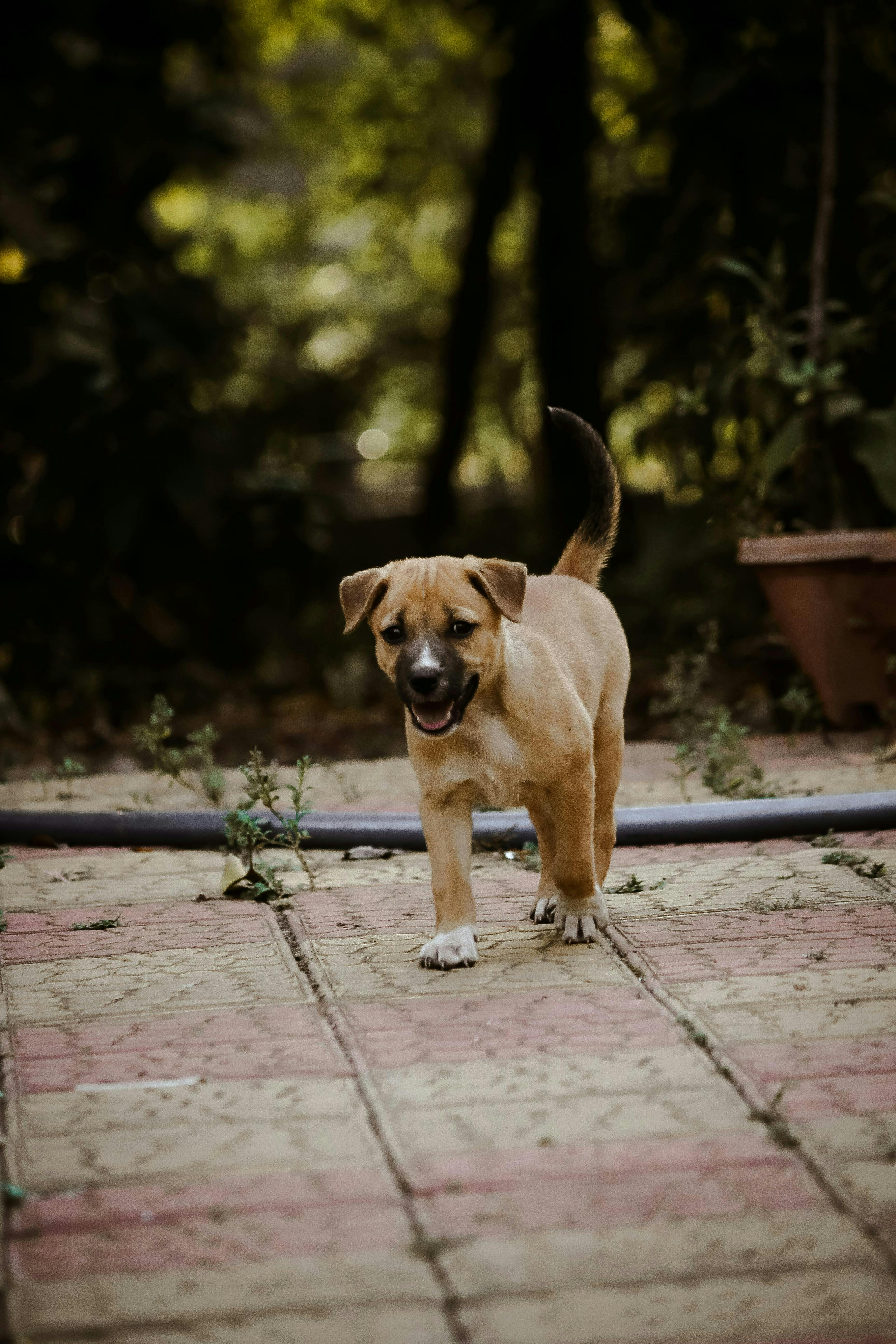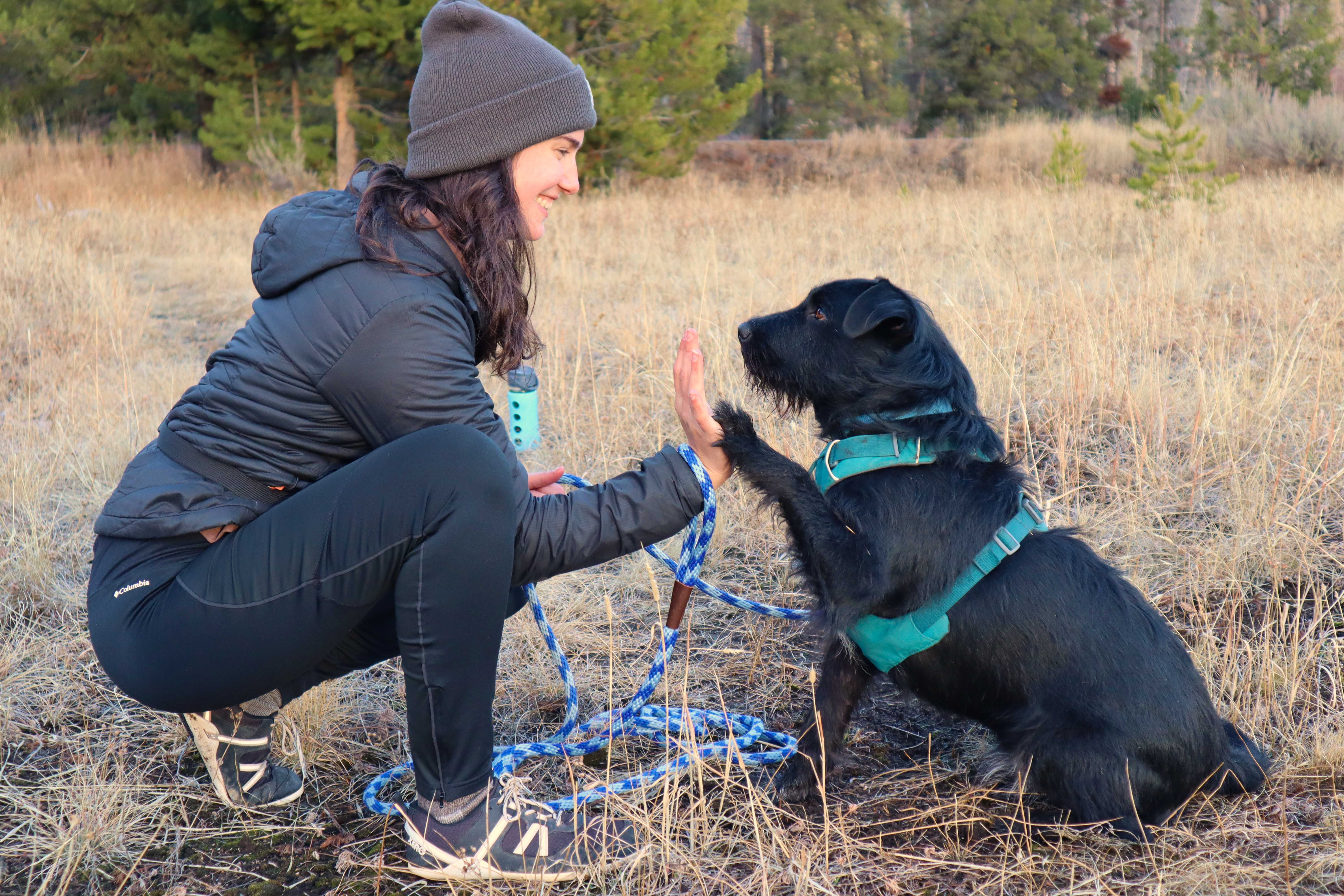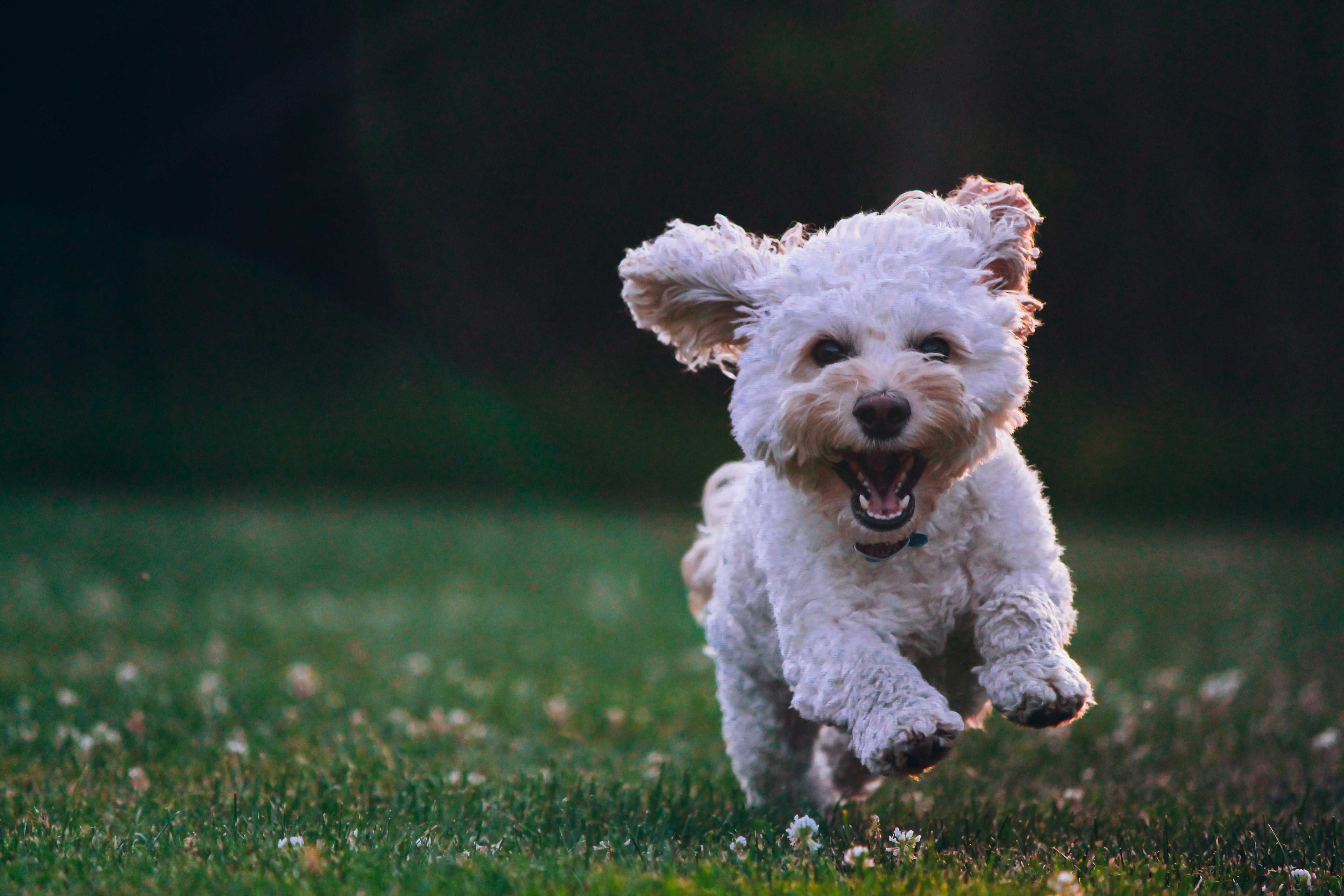
Unlock 10 Expert Puppy Training Tips!
Sign up with your email and receive a free video guide to transform your puppy into a well-behaved companion
Is it Good to Train Dogs with Treats?
If you have a dog, you’ve likely seen or tried using food rewards when training them.
But is that okay? Is it an effective way to train? Is it possible to get rid of bad behaviors using food?
Short answer: Yes, yes, and heck yes!
Look, dogs eat. That’s a simple fact.
Another simple fact? Dogs are likely to repeat actions that lead to enjoyable consequences (this is a main tenant of the behavioral science methodology, operant conditioning).
Modern research suggests that leveraging this tenant of operant conditioning is the most effective way to train dogs without any risk of fallout.
Said another way, a really effective way to train dogs is to reward them when they’re being good. For all dogs, food is a great reward.
If you use food to reinforce good behavior then your dog will likely keep repeating that behavior.
For example, if you use food to reinforce your dog for coming back to you on cue, they will keep coming back to you on cue. Boom—you’ve just trained a reliable recall.
But what about when your dog is being bad? How can food stop unwanted behaviors?
A super effective way to stop unwanted behavior is to train a replacement behavior. For example, if your dog rushes to the door to greet guests a little too enthusiastically, you can use food to train your dog to lay on a mat while guests arrive. After all, if he’s laying on a mat he can’t also be rushing your guests. And, you guessed it—you can use food to train this replacement behavior.
How Do You Train a Dog with Treats?
We know that using food to reinforce behaviors will strengthen those behaviors. But it’s a little more complicated to actually use treats effectively in training.
The steps are:
- See the behavior
- Mark the behavior
- Reinforce the behavior (this is where the treats come in).
See the Behavior
In order to reward a behavior we like, the dog needs to perform that behavior. Capturing (rewarding behaviors your dog does organically), Shaping (rewarding approximations of the behavior), and Targeting (teaching your dog to touch a target to be able to manipulate their movements) are three ways to do that.
Another popular method is using a food lure. You can use a food lure to encourage your dog to sit, lie down, get in the car, and so on.
However, it’s important to keep a couple of things in mind when using a lure. First of all, try to think of the lure as a magnet to your dog’s nose. A dog won’t follow a lure that’s really far away from them. Before you think your dog is being stubborn, check to see if that lure is acting as a magnet.
Second of all, it’s important to stop using the lure after a few repetitions of the behavior. Otherwise, the lure becomes a part of the cue and your dog won’t do the behavior without the lure. This is a common mistake that leads people into believing that food doesn’t work in training because your dog won’t work without it.
Mark the Behavior
We need to make sure that the dog knows what behavior has earned them a treat.
This is where a marker comes in. This is the word “yes” or the click of a clicker that tells a dog that they did something correctly and a treat is on its way. The marker marks the exact behavior you want your dog to repeat (hence the name). After you mark the behavior that is when you give your dog the food reward.
Reinforce the Behavior
The treat comes last. That's because, in training, treats are used as a paycheck, not a bribe. This means you should not be holding or touching the treat or treat bag before your dog has done the behavior. Instead, you wait to give them the food until after they’ve completed the behavior you’re training.
Think about it like this:
When bribing a child to get into their car seat, you might pull out a piece of candy and tell them they will get it once they get in the car. That’s a bribe.
To reinforce a child for getting into their car seat, you wait until they’ve gone into it on their own and then hand them a piece of candy for a job well done. That’s reinforcement.
So, remember to wait to give your dog the food reinforcement until after they’ve done the behavior.
Tips for Training with Treats
Keep Training Sessions Short
Aim to train your dog for only a few minutes at a time. You can even incorporate it into your nightly routine, such as training during commercial breaks.
You’d be surprised how much your dog can learn by training only 5 minutes a day 4-5 days per week.
Keep a High Rate of Reinforcement
A “rate of reinforcement” means how many reinforcers you give your dog in one minute. Try to aim for 10-15 reinforcers (treats) per minute. This will help your dog learn new behaviors really quickly. Once your dog knows a behavior, you can slow down on the treats.
The ability to have a high rate of reinforcement is one reason food is so effective in training. It’s much easier to give your dog treats quickly than it is to repeatedly toss a ball.
What are the Best Dog Treats for Training?
The best dog treats for training are treats that your dog likes! Like humans, dogs' food preferences differ. To find out what your dog likes, hold out multiple options. Whatever your dog picks first is what he likes the best (they don’t have the ‘save the best for last’ mentality that some humans do).
The following list goes in order of lowest to the highest value for the average dog:
- Kibble
- Dry, crunchy treats (Charlee Bears)
- Soft training treats (Lotus, On-Cue, Tricky Trainers, Bixbi Pocket Trainers, Bocce’s Bakery)
- Cut-up pieces of cheese
- Peanut butter (you can use a squeeze bottle to let your dog lick out small amounts)
- Cut-up pieces of meat (hot dogs, chicken, turkey)
- Freeze-dried salmon or other freeze-dried treats (you can make your own or purchase them from a company like Vital Essentials).
You can add value to treats by tossing them, incorporating movement, using them in food-enrichment games, or rewarding your dog with a higher-value treat for eating the lower-value treat (eating is a behavior, after all!). Eventually, they’ll start to like that lower-value treat more.
Can You Give Your Dog Too Many Treats While Training?
You can definitely overfeed your dog. That’s why it’s important to use small training treats, approximately the size of a pea. Studies have found that quality matters over amount—so your dog is likely to work for the tiniest bit of chicken over a cup of kibble.
As mentioned earlier, training also works best when done in small intervals. If you train for only a couple of minutes at a time, you will likely not overfeed your dog.
Of course, you can also use your dog’s meals to train behaviors. That way, you don’t have to worry about extra calories.
Finally, you should adjust the amount of food you give your dog at mealtimes to account for treats used in training. This ensures you won’t give them too many calories in a day.
What About Dogs that aren’t Food-Motivated?
All dogs need food to survive. So, we can usually find ways to incorporate food into training.
If you’re having trouble using food as a reinforcer with your dog, keep a few things in mind.
Every dog has different taste preferences! Your dog may be obsessed with sweet potatoes and meh on meat. You just have to try a variety of food and treats and see what your dog says. You can also deliver the treats in a fun way, such as tossing them, to increase their value.
As you increase the difficulty of the environment or behavior, you will need to step up your treat game. Meaning, your dog may take kibble inside as a reinforcer, but you’ll need to use cheese or hot dogs outside because it’s a more distracting environment. As your dog gets better at working around those distractions, you can decrease the value of the food.
Your dog may also be severely shut down and be afraid of taking food from humans. Or they have a fear of learning. If this seems to be your dog, I encourage you to seek out a qualified, professional trainer to help you through this.
Additionally, if you’ve had your dog for three months or less then they may still be getting used to their new home. This means they may not take treats as readily as they will once they are more comfortable. Be patient.
When Does Training with Food Not Work?
You may be wondering if there are certain situations where food won’t work. For example, some old-fashioned trainers perpetuate the myth that certain breeds need a heavy hand in training. Or that certain maladaptive behaviors—such as reactivity—cannot be addressed by using rewards-based methods.
That’s not true.
Anything that a dog is physically and mentally capable of doing can be trained with rewards-based methods, including the use of food rewards.
That said, there may be certain situations where food does not work as well as other rewards. Some dogs may be too aroused to focus around food and need lower-value rewards instead. Some dogs may prefer play over food and would learn faster with their ball as the reward.
Behavioral Modification and Food
While most positive reinforcement trainers do use food in behavioral modification plans for dogs with maladaptive behaviors such as reactivity, separation anxiety, and resource guarding, it’s not as straightforward as with training.
Some behavioral concerns may be better addressed without the use of food at certain times or in certain contexts.
For example, dogs with severe separation anxiety may be distracted by a stuffed kong for the first twenty minutes after they’ve been left alone. When they’ve finished the kong, they may realize they’re alone and fall into a severe panic attack. While food is frequently used in separation anxiety training, it has to be deliberate and well thought-out.
The how matters too. If a person offers a dog who is afraid of people a piece of chicken that dog may take the chicken and, once they eat it, panic that they’re suddenly right next to that person. This could lead to a bite. I liken it to seeing $500 next to a rattlesnake. You may choose to take the money, but it won’t change how you feel about that snake. You might still scream, try to fight off the snake with a stick, or freeze. The person is better off tossing food away instead of giving it to the dog directly.
If you’re facing any behavioral challenges with your dog, I encourage you to seek out the help of a qualified professional.
How Can You Phase Out Food?
Once your dog knows a behavior well, you can start to phase out food. You can do this by intermediately using food rewards—that is sometimes rewarding with food, sometimes not. You can also slowly decrease the value of the food reward from pieces of meat down to kibble down to non-food rewards.
Once I’ve phased out food, I still like to ensure that dogs get rewarded for behaving properly. Just like we still expect a paycheck for going to work every day. Rewards can be many things—praise, pets, play, access to the environment, a cue for a different behavior, or the behaviors themselves can be intrinsically rewarding. For example, once you mat train your dog they may love the relaxed feeling they get from the mat. Therefore, the mat itself becomes the reinforcer.
I suggest using food every once and a while to reinforce behaviors your dog already knows to keep them sharp.
Common Mistakes People Make When Using Food in Training
Thinking of Food as a Bribe
As mentioned earlier, we use food as a paycheck, not a bribe. Timing is important here. A paycheck comes after the behavior has been performed.
Outside of mechanics, it’s also important to shift your mindset. It’s okay—it’s better than okay—to reward dogs for a job well done. We live in a society that focuses on punishing behaviors we don’t like. But rewarding behaviors we do like is more effective in actually reaching your end goal of changing behavior.
Not Fading the Lure Quickly Enough
If you use a lure to train a behavior, it’s best to stop using it after a few repetitions. Otherwise, the dog tends to only perform that behavior when the lure is involved. This makes it seem that dogs trained with food only behave when food is around—and that’s not the case.
Using Too Big of Treats
Quality is more important than quantity. Dogs are willing to work for small bits of food that they really like. By using pea-sized treats in training, you can practice more repetitions of a behavior and ensure you’re not overfeeding your dog.
Progressing Too Quickly
You’d never teach a person a few words in a foreign language, take them to a new country where they only speak that language, and expect them to have a conversation debating modern physics. But we do this to our dogs all the time—and then we blame the training methodology! When, in fact, we’ve just progressed too quickly.
To continue the foreign language metaphor, start training your dog in a “classroom environment” (a.k.a, a distraction-free environment like your home) and, once you take them into the real world, set realistic expectations. Have them metaphorically order a coffee before having a short conversation before discussing physics.
Forgetting About Other Rewards
Food is a great reward when training dogs, but it’s not the only reward. You can use anything your dog intrinsically desires as a reward, whether that’s play with a ball, permission to jump on your lap, or more time to run around the dog park.
These other types of rewards are great for maintaining behaviors your dog already knows.
Conclusion
So, there you have it. Using food in dog training is a super effective way to train new behaviors and discourage bad ones from continuing—as long as you’re doing it correctly.
Happy Training!
